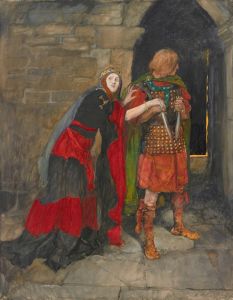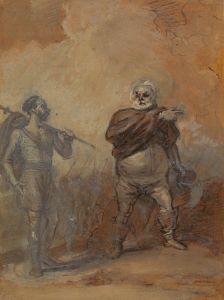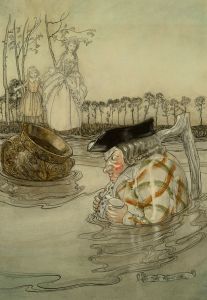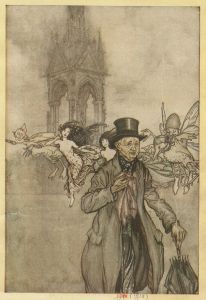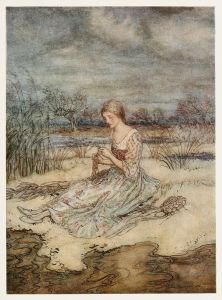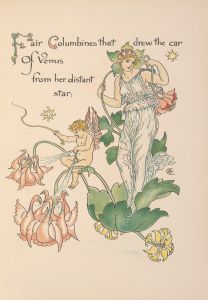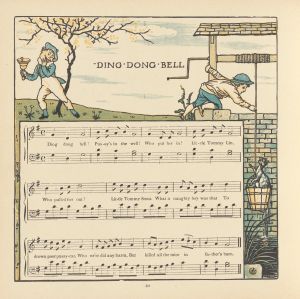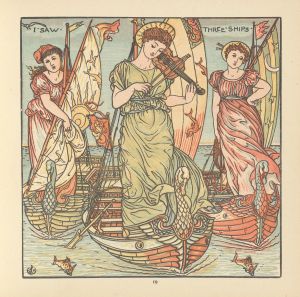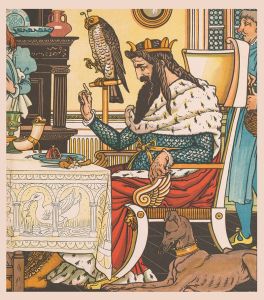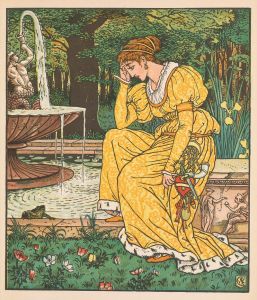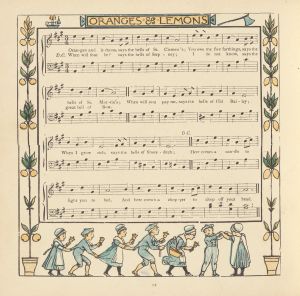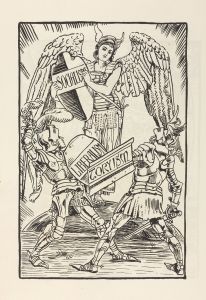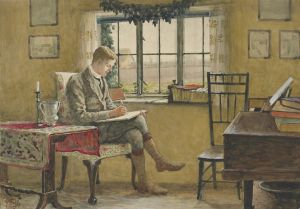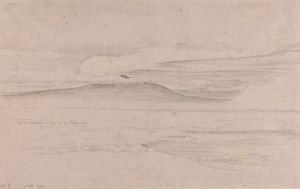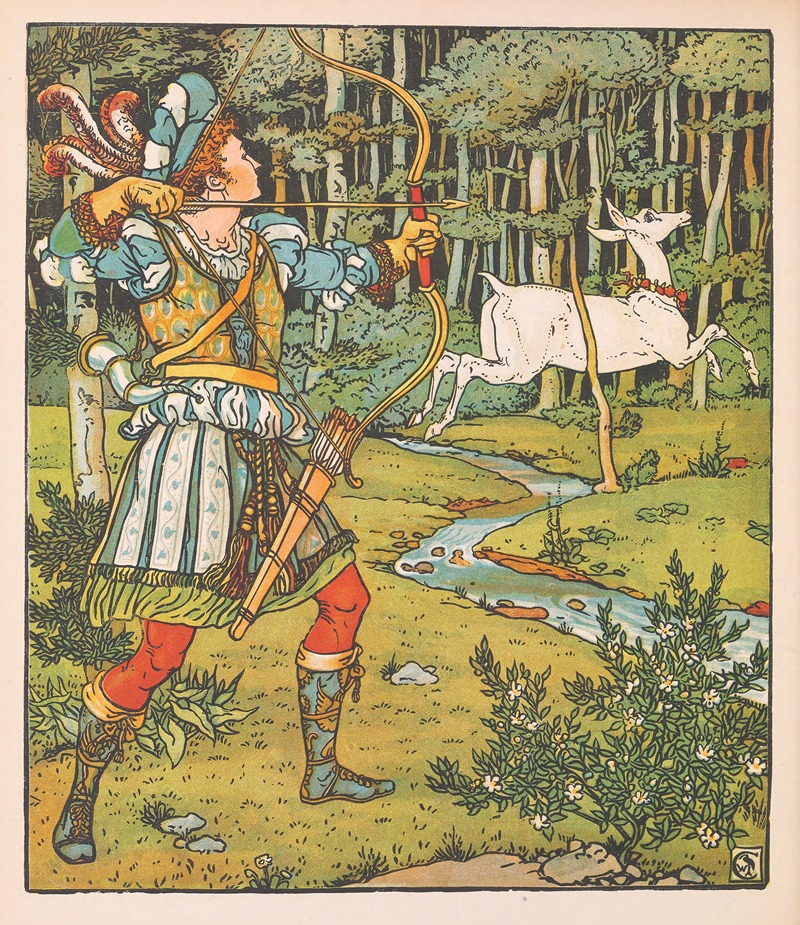
Beauty and the beast Pl. 16
A hand-painted replica of Walter Crane’s masterpiece Beauty and the beast Pl. 16, meticulously crafted by professional artists to capture the true essence of the original. Each piece is created with museum-quality canvas and rare mineral pigments, carefully painted by experienced artists with delicate brushstrokes and rich, layered colors to perfectly recreate the texture of the original artwork. Unlike machine-printed reproductions, this hand-painted version brings the painting to life, infused with the artist’s emotions and skill in every stroke. Whether for personal collection or home decoration, it instantly elevates the artistic atmosphere of any space.
Walter Crane's "Beauty and the Beast, Plate 16" is an illustration created by the renowned English artist and book illustrator Walter Crane (1845–1915). Crane was a pivotal figure in the Arts and Crafts Movement and is celebrated for his contributions to children's book illustrations and decorative arts. This particular work is part of a series of illustrations Crane produced for the fairy tale "Beauty and the Beast," a story that has been retold in various forms since its earliest known publication in the 18th century.
The illustration was originally published in Crane's edition of "Beauty and the Beast," which was included in his series of toy books. These toy books were small, affordable publications aimed at children, featuring vibrant color illustrations and simplified versions of classic fairy tales. Crane's work in this medium was groundbreaking, as he combined artistic sophistication with accessibility, making high-quality art available to a broader audience.
"Beauty and the Beast, Plate 16" exemplifies Crane's distinctive artistic style, which blends elements of Pre-Raphaelite aesthetics, classical influences, and the decorative principles of the Arts and Crafts Movement. His use of bold outlines, harmonious color palettes, and intricate patterns reflects his commitment to creating visually appealing and narratively engaging illustrations. The composition of the plate demonstrates Crane's skill in storytelling through imagery, capturing a pivotal moment in the tale with clarity and emotional resonance.
Crane's illustrations for "Beauty and the Beast" were produced using a woodblock printing technique, a common method for book illustrations during the 19th century. This process involved transferring Crane's original designs onto wooden blocks, which were then carved and used to print the images. The resulting illustrations were hand-colored, adding vibrancy and depth to the final product.
Walter Crane's work, including "Beauty and the Beast, Plate 16," has had a lasting impact on the field of illustration and design. His ability to merge fine art with commercial publishing helped elevate the status of book illustration and influenced subsequent generations of artists. Today, his illustrations are celebrated not only for their artistic merit but also for their role in shaping the visual language of children's literature.
While specific details about the scene depicted in Plate 16 are not provided here, the illustration is part of a larger narrative sequence that visually interprets the timeless story of love, transformation, and redemption.





